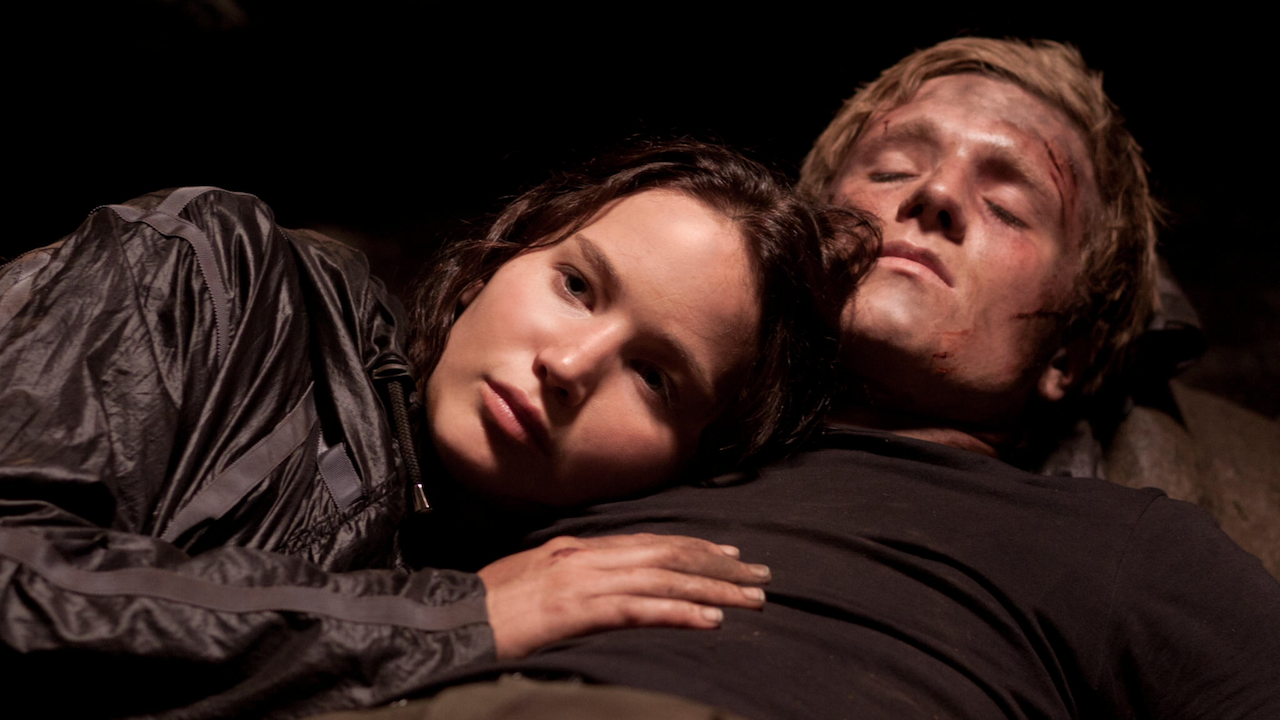Table of Contents Show
The Hunger Games remains (( The Hunger Games 2012 (Ross, Gary); Catching Fire 2013 (Lawrence, Francis); Mockingjay Part I 2014 (Lawrence, Francis); Mockingjay Part II 2015 (Lawrence, Francis) )) (( The Hunger Games 2008 (Collins, Suzanne); Catching Fire 2009 (Collins, Suzanne); Mockingjay 2010 (Collins, Suzanne); The Ballad of Songbirds and Snakes 2020 (Collins, Suzanne) )) one of if not the most influential series in the young adult (YA) genre to date. Its reach has extended beyond its target audience to include adults and young teens of any generation. While other YA dystopian series have tried to capitalize on the popularity of the series by drawing inspiration from Collins’s world, most have not left the same impact that The Hunger Games has.
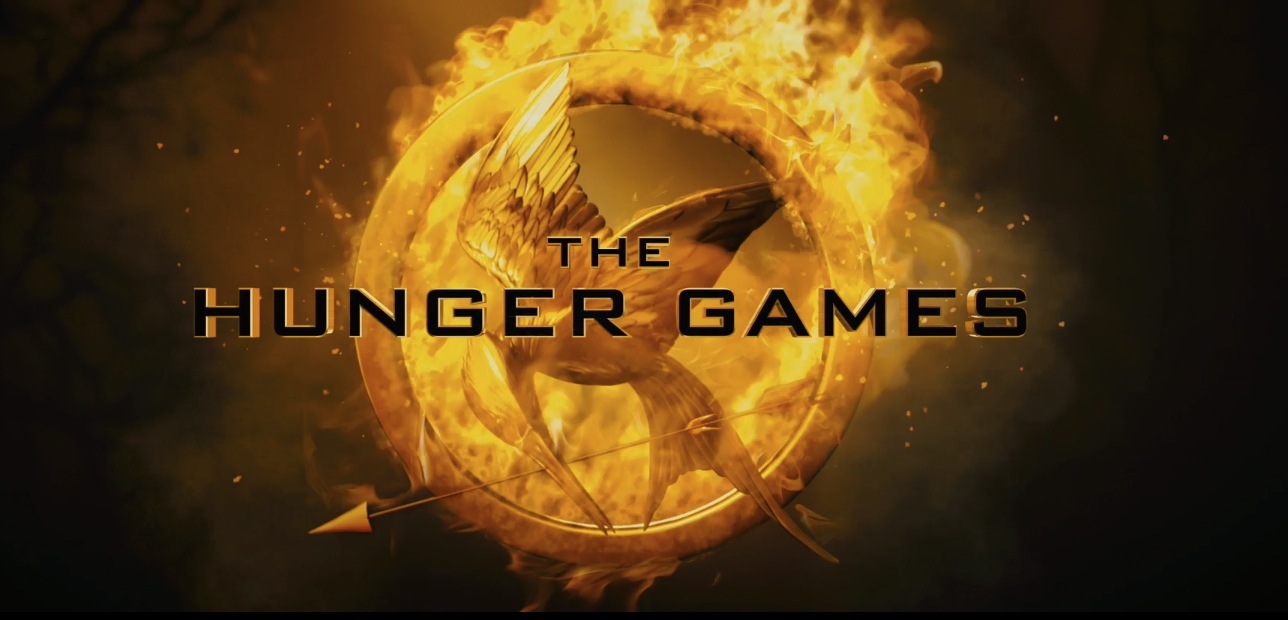
Its multifaceted in its story-telling in such a way that appeals to modern audiences. It discusses the multi-generational topics of war, oppression, and revolution and presents these topics in a bleak, futuristic version of our country that feels both fantastical and very real. The series uses its young characters to connect to young audiences and its mature themes to connect to older audiences making it arguably the best YA dystopian series.
The Hunger Games (2008-2020; Collins, Suzanne)
The Hunger Games was written by Suzanne Collins from 2008 to 2010; it follows the protagonist, Katniss Everdeen as she is forced to fight for her life as entertainment for the wealthy elite of the Capitol. Refusing to be another pawn of the Capitol and President Snow, she forces the games to name her and her fellow tribute, Peeta Mellark, as victors.
Even though she was promised a life of peace after winning the games, she is forced to play once again in the second book, Catching Fire, (2009) along with other past victors of the games. However, she and a few allies are saved as the games near their end. In the final book, Mockingjay (2010), an all-out rebellion breaks out with other districts being inspired to fight back against the Capitol. Katniss is used as a revolutionary icon to inspire the masses as well as to be a soldier.
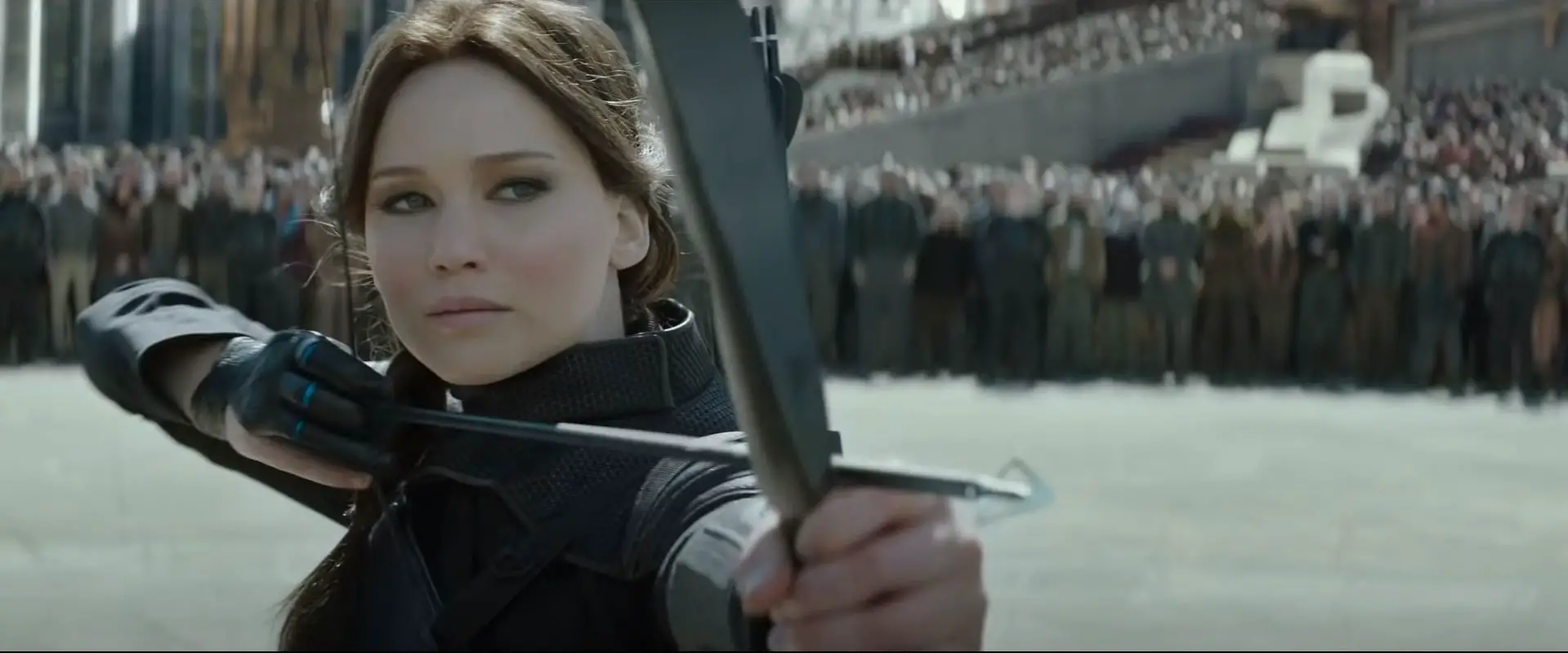
Ultimately, Katniss kills the leader of the rebellion, Alma Coin, in order to stop the cycle of violence and President Snow dies. Katniss is finally allowed to live her life in peace with Peeta, both recovering from PTSD and with a family of their own. A popular film series by the same name was directed by Gary Ross and Francis Lawrence and starred Jennifer Lawrence as Katniss.
A prequel film titled The Hunger Games: The Ballad of Songbirds and Snakes is being released on November 17, 2023, based on the novel of the same name which was published in May 2020.
How The Hunger Games Redefined The YA Dystopian Genre
The Hunger Games (2008; Collins, Suzanne) (( Suzanne Collins Talks About “The Hunger Games,” the Books and the Movies (Published 2018). (2023). The New York Times. )) is certainly not the first YA dystopian novel.
Published in 1993, The Giver by Lois Lowry would be considered the first modern popular YA dystopian novel (( Stoner, Philip. “Dystopian Literature: Evolution of Dystopian Literature From We to the Hunger Games.” Merge, Vol. 1, 2017, pp. 1-30 )). The Giver follows a twelve-year-old boy named Jonas who lives in a seemingly utopian society where there is never any conflict or pain since everything and everyone has been subjected to the concept of “sameness.”
However, Jonas slowly comes to realize that his idyllic world isn’t as utopian as it seems as he comes to gain memories of the past in his role as “The Receiver of Memories.” The story presented an oppressive government body in the form of the faceless Elders who decide the roles of the children. Everything in the Community is regulated, choices are made for the citizens, and any sense of individuality is erased for the sake of maintaining peace and balance in the Community. The Hunger Games builds upon the groundwork laid out by Lowry.
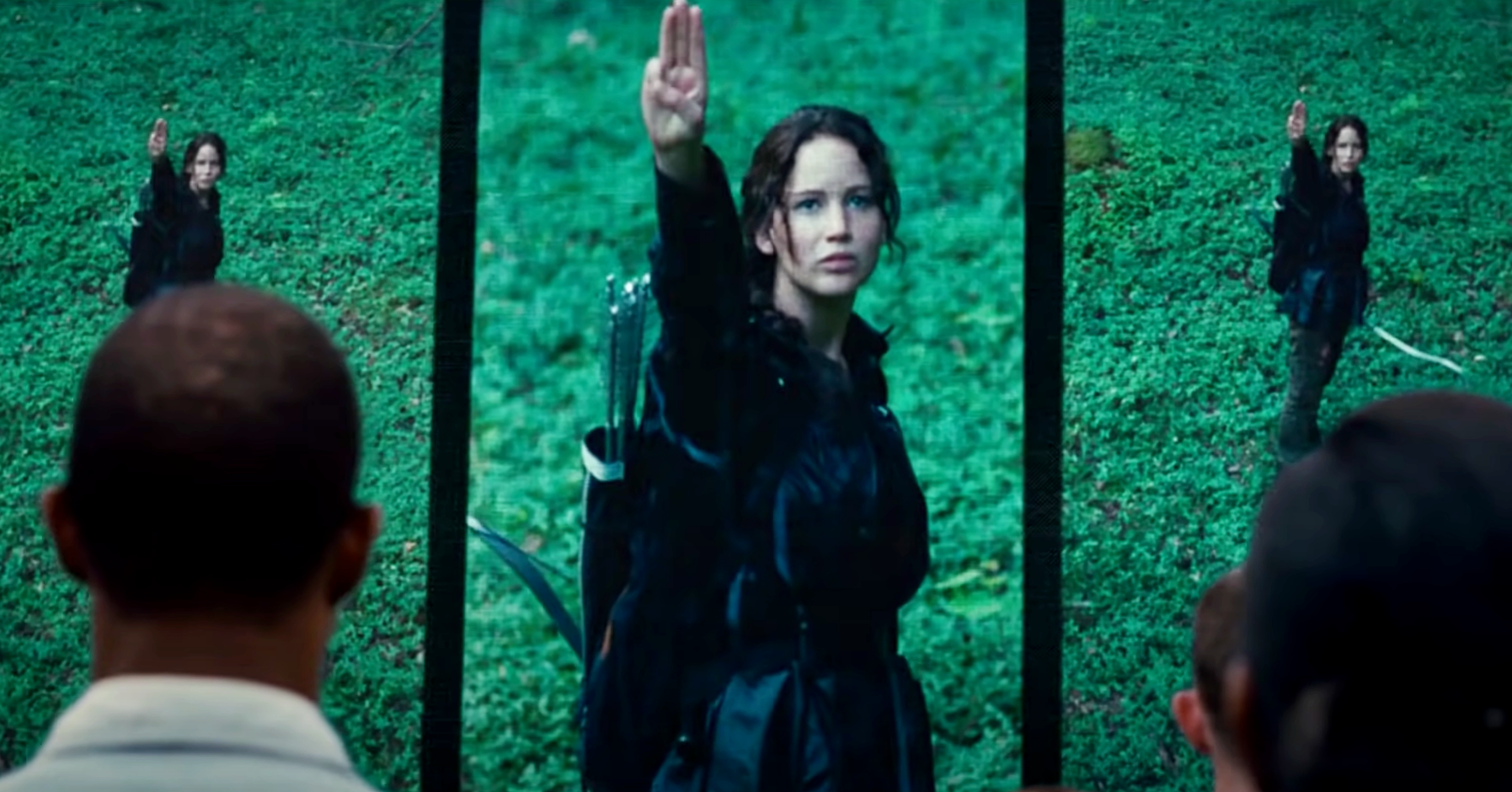
It expands on the theme of oppressive governments in the form of the Capitol and President Snow. It uses individuality as a form of protest against the Capitol with Katniss’s fire attire and her refusal to play the Games the way they are meant to be played. It shows how robbing a people of their freedom will eventually result in people fighting back as seen with the districts rebelling.
Collins adds tropes to the genre that draws in younger audiences, such as the love triangle with Katniss, Peeta, and Gale. There is a system of dividing groups of people with the districts and their regional themes based on their natural resources. And the popularization of the strong teenage, female protagonist in the form of Katniss.
What Are The Distinctive Features Of The Hunger Games?
With the success of The Hunger Games, other YA dystopian novels soon followed. Series like Divergent (2011-2014) by Veronica Roth and Matched (2010) by Ally Condie capitalize on the success of the YA dystopian genre and many of them use similar tropes that The Hunger Games used: the love triangle, the female protagonist, the divided and labeled groups of individuals, and trying to disrupt an oppressive society/government. However, what many of these series tend to do is simplify the tropes and themes found in Collins’s The Hunger Games series.
“The Division Of Society”
Collins presents a society that is systematically and strategically divided into districts by the wealthy elite in order to make it difficult for the people of the nation to come together and rebel against the Capitol. The only place any members of the districts can come together is in the Games and even then they are forced to kill each other for the enjoyment of the Capitol and to remind everyone of the power the Capitol holds over them.
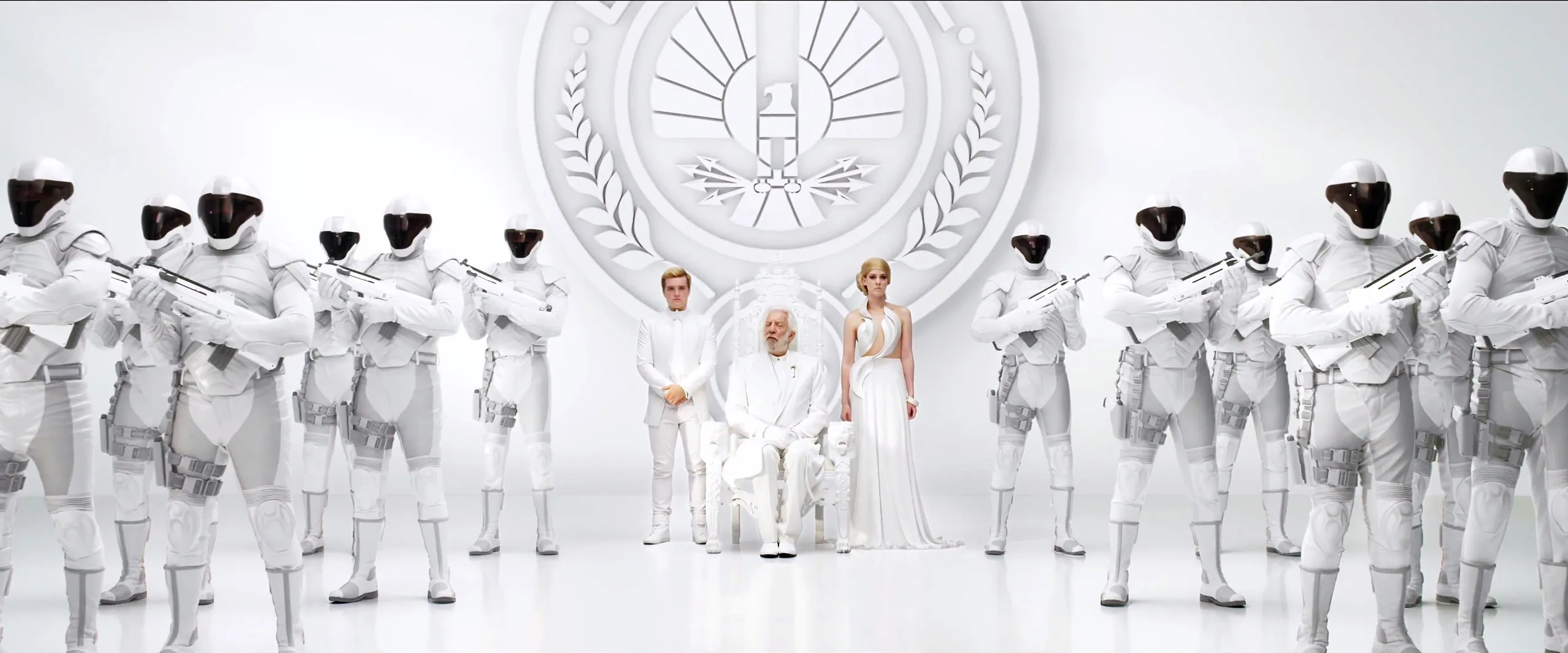
Instead of large populations of people being forced into division in order to serve the powerful elite, this concept gets reduced by other series as a convenient labeling system to boil down groups of people to a handful of characteristics akin to the house system in Harry Potter. With the series taking this reductive route with the trope, most of the worlds in these books are not as memorable as that of the country of Panem.
Panem is clearly presented as a society that is systematically divided in order to support the wealthy Capitol. The common citizenry is kept impoverished and the members of the Capitol profit off of the labor of the districts. Katniss is shown from the beginning how she has to struggle to provide for herself and her family which has received little support from the government after the death of her father from a mining explosion.

This portrayal of society is relatable to so many readers and viewers who see themselves in Katniss as someone who has to provide and is forced to grow up for the sake of their family.
“Presentation Of War”
War is the overall main issue of the series; Collins pulls from her family’s experience with war and tackles the idea of “necessary war.” (( Driscoll, Molly. “‘Hunger Games’ author Suzanne Collins, in rare interview, muses on war and the cycle of violence.” The Christian Science Monitor, 20, November 2013 )) She examines what leads to war, how war affects society, and the individual, what is “necessary” in war, and who gets to decide that.
Collins is not afraid to explore the effects of war with characters experiencing PTSD. She even allows her main character to fully experience the negative emotions that come from the trauma she’s experienced. Katniss breaking down crying while in the middle of shooting a propaganda video after she had been pushing herself to not feel anything allows the reader to fully see how everything she has experienced has affected her.
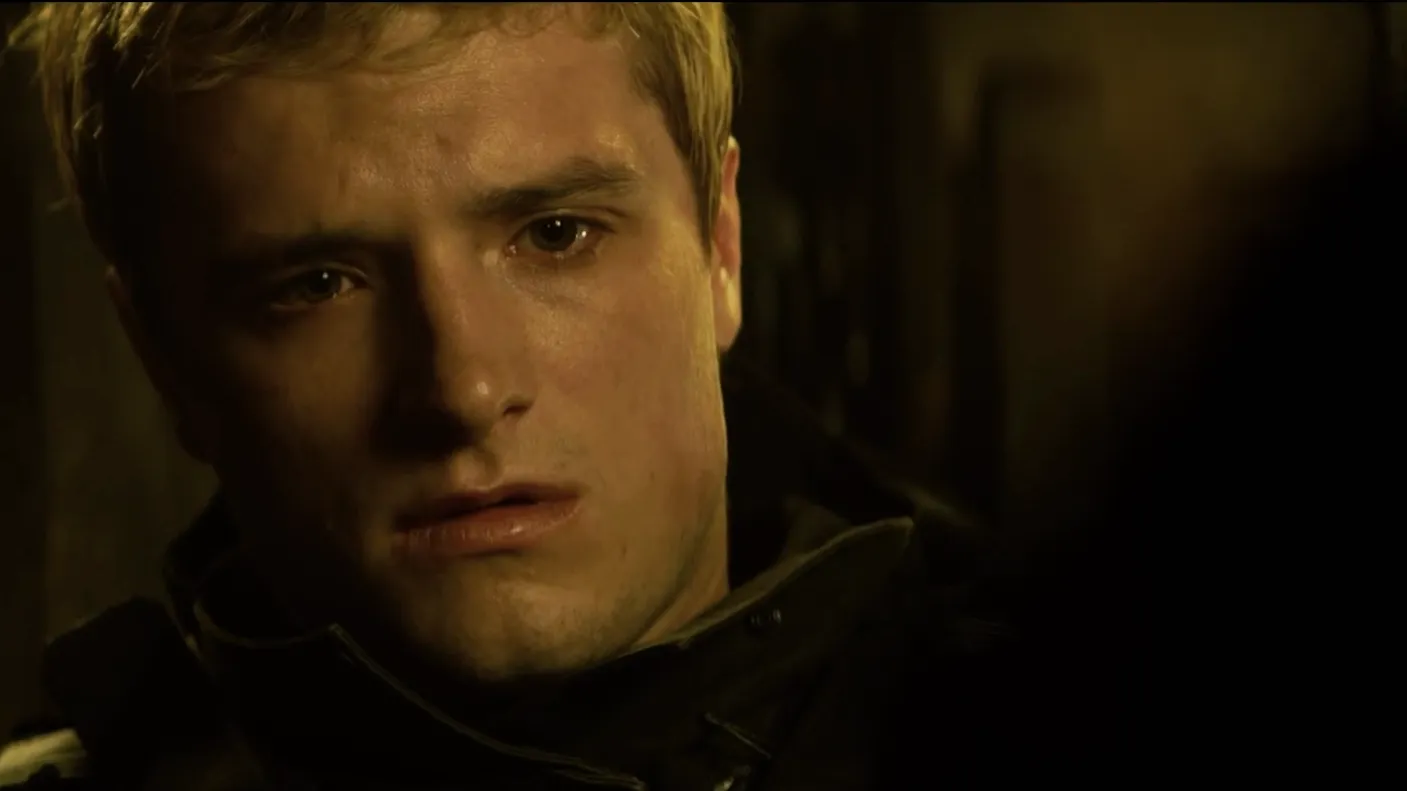
And Collins further shows how the characters oftentimes don’t and can’t fully heal, but instead learn to cope and manage with each other. With war as a backdrop, and perhaps even the author’s lack of knowledge on war compared to Collins, many characters and even main characters in other YA dystopian novels are not given the opportunity to fully experience the negative emotions that they understandably should be feeling.
In an effort to present the strong female main character, she is denied the right to have and show negative emotions. Ultimately the characters in other war-torn YA dystopian novels feel shallow when it comes to dealing with the realities of war as opposed to those in The Hunger Games who face all sides of war head-on. There are many readers and viewers who understand what it is like to have been through war or have a family member who has been through a war.
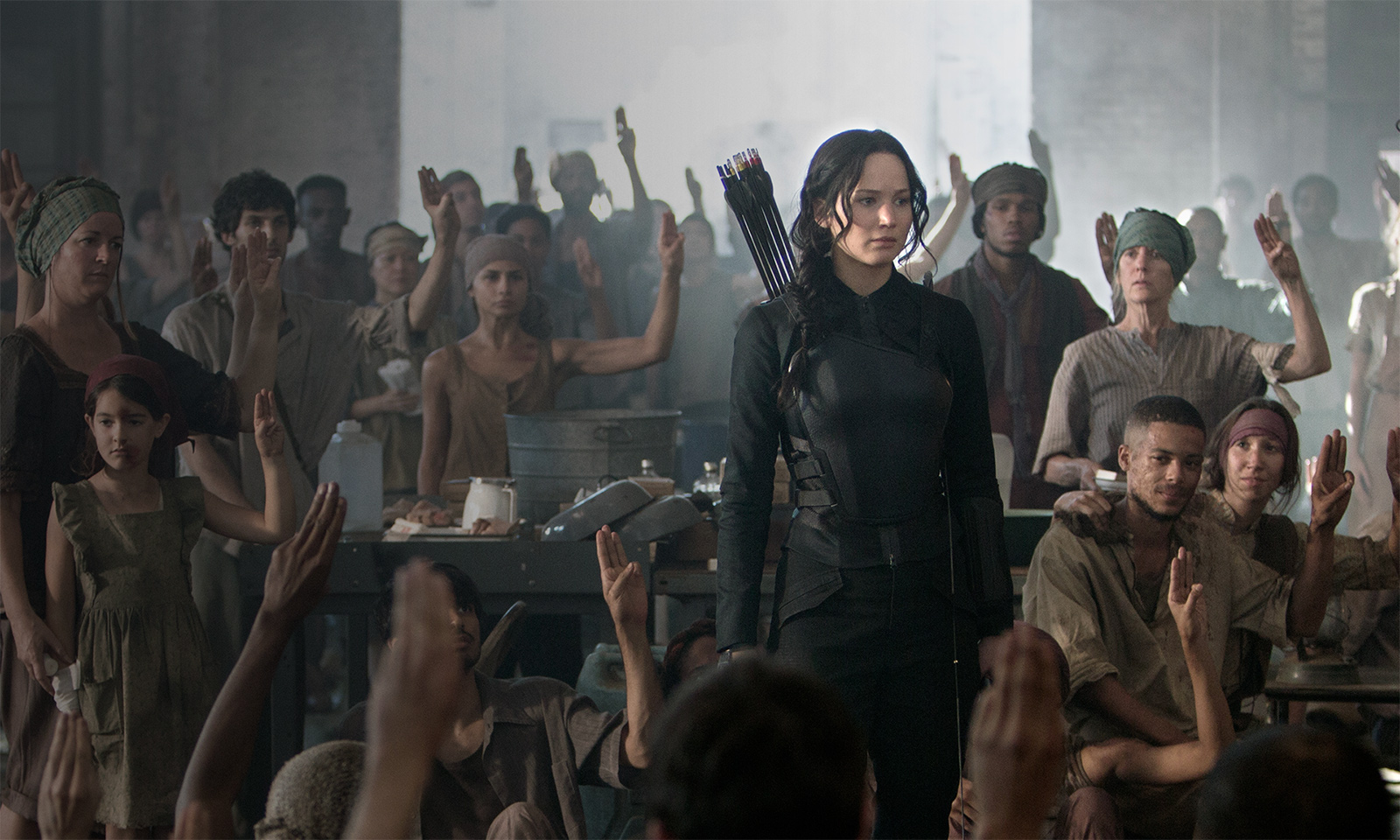
War affects multiple generations both directly and indirectly and having it portrayed in a palatable but honest manner allows the audience to be more immersed in the story and understand the characters on a deeper level. Thanks to Collins’s understanding and relationship with war, The Hunger Games utilizes war to its full effect whereas other YA dystopian novels fall flat.
“The Love Triangle”
The love triangle trope is not used traditionally in The Hunger Games; Katniss’s main concern is survival and protecting the people she cares about. Romance comes secondary to the war and fights for freedom that the characters endure. What many series tend to do is use the potential for war and the oppressive society as the backdrop to love triangles. In a way, it is used to show that finding love and happiness in a bleak world is just as, if not more important than whatever strife is happening around the characters.
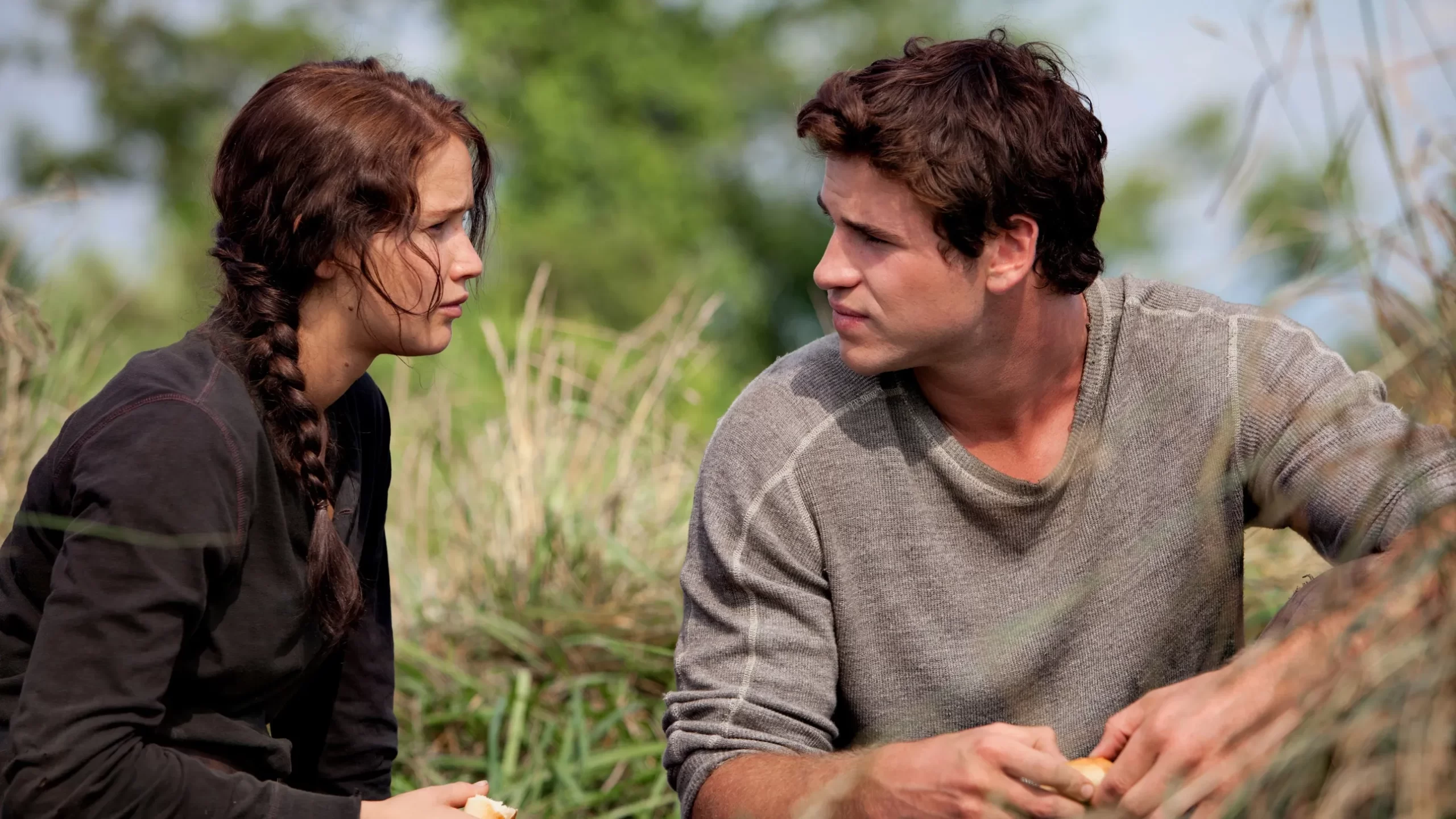
In The Hunger Games, Peeta and Gale presented different paths for a tired, battle-worn, traumatized Katniss. Does she change herself in order to be with Gale who wants to continue fighting? Or does she choose comfort and stability in Peeta who accepts her for who she is, even after everything she’s been through?
The love triangle was ultimately used as a talking point for what would be best for Katniss mentally and emotionally as a person who has been through a war. In this way, even the love triangle in the story stands out from other novels in the genre because it’s not used traditionally but remains effective.
The Appeal Of Collin’s The Hunger Games Fifteen Years Later
The Hunger Games has withstood the ever-changing publishing landscape after all these years. With audiences changing interest from dystopian novels to dark academia to fairies and magic, the series continues to draw attention and new readers. Aside from the tropes, the story’s writing is what allows it to maintain its relevancy. Katniss is established as a compelling protagonist with her relationship with her younger sister, Primrose, her skills with a bow, and how she navigates her life in District 12.
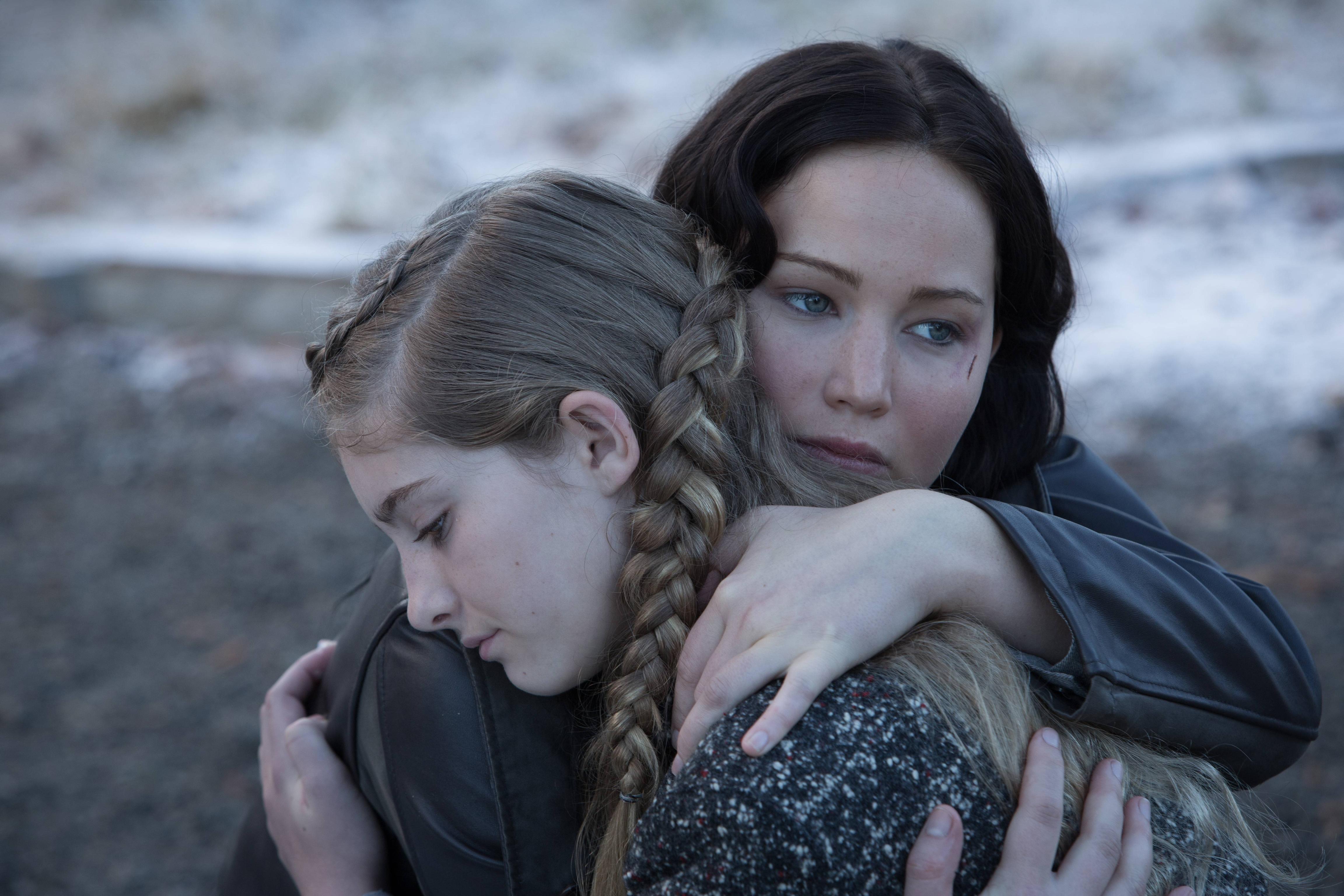
She is a protagonist readers want to root for as she volunteers herself in place of her sister to participate in the Games. The world is familiar to readers. It may be set in the fictional country of Panem, but it still has remnants of the United States and the depiction of a ruling elite over a systemically impoverished society would be relatable to many readers.
Especially now, thirteen years later where younger generations are becoming more politically aware of the society around them thanks in large part to the internet; a series about teenagers overthrowing an oppressive government and destabilizing the wealthy upper class is bound to draw in new readers.
